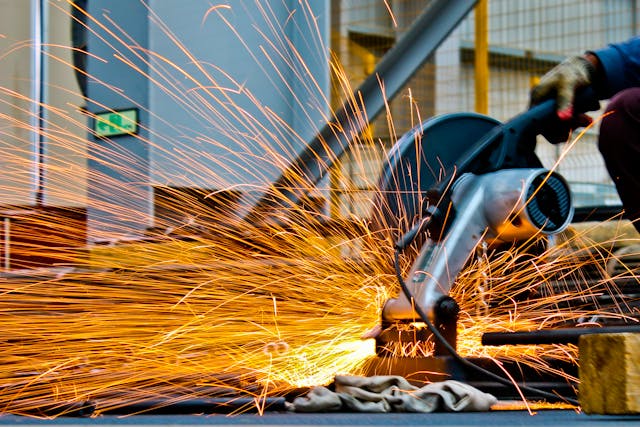Stepping into a leadership role in a traditionally male-dominated industry like construction, agriculture, or logistics is an incredible achievement. As a female manager, you bring a unique perspective and a powerful skill set to the table. One of the most impactful ways to drive profitability and earn the deep respect of your team is by demonstrating an unwavering commitment to operational excellence.
A core component of this excellence is a proactive and highly organized approach to equipment maintenance. It’s about understanding that the health of your fleet is the health of your business. A well-managed maintenance program, which includes a strategic plan for replacing high-wear components like final drive motors before they fail, is the sign of a sharp, forward-thinking leader who understands asset management. It’s not about being a grease monkey; it’s about being a great manager.
Here are some tips for building a maintenance program that is efficient, effective, and data-driven.
Implement a Digital Fleet Management System
The days of tracking maintenance with a messy binder or a complicated spreadsheet are over. The foundation of a modern maintenance program is a digital fleet management software system. This is your central command center for the health of every single machine you own.
A good system allows you to:
- Track Operating Hours Automatically: Know exactly how much each machine has been used.
- Schedule Preventive Maintenance (PM): Get automatic alerts when a machine is due for an oil change, a filter replacement, or a major service.
- Store a Complete Service History: Have a digital record of every single repair and maintenance task ever performed on a piece of equipment.
- Manage Your Parts Inventory: Know exactly which critical spare parts you have on hand.
This data-driven approach removes the guesswork and allows you to make informed, proactive decisions.
Empower Your Operators with a Daily Pre-Shift Inspection
Your equipment operators are your first line of defense. They spend eight hours a day with their machine and are often the first to notice a small leak, a strange noise, or a change in performance. Empower them to be an active part of the maintenance process.
Create a simple, clear, and laminated checklist for a mandatory, five-minute pre-shift inspection. This should include checking fluid levels, looking for leaks, and inspecting for any visible damage. Create a blame-free culture where operators are praised for reporting small issues. This is a cornerstone of a proactive safety culture. Catching a small hydraulic leak in the morning is infinitely better than dealing with a catastrophic hose failure in the middle of a job.
Build a Strategic Partnership with Your Parts Supplier
Don’t think of your parts supplier as just a vendor; think of them as a strategic partner. A great supplier can offer far more than just parts. They can be a source of valuable technical expertise, helping you troubleshoot a problem or identify the exact right component for a specific machine.
They can also help you with your inventory strategy. By sharing your fleet information with your supplier, they can help you create a list of the most critical, high-wear spare parts that you should always keep on hand in your own shop. This ensures that when a common failure does happen, you have the part ready to go, dramatically reducing your downtime.
Schedule, Don’t React
The ultimate goal of your program is to shift from a reactive, “fix it when it breaks” model to a proactive, “prevent it from breaking” model. Use the data from your fleet management software and the manufacturer’s service recommendations to create a comprehensive preventive maintenance schedule for your entire fleet.
Schedule this major work—like replacing a set of tracks or swapping out an aging final drive—during your predictable slow season. This turns an unpredictable, high-stress, and costly emergency breakdown into a predictable, calm, and budgeted maintenance task. The ROI of a strong preventative maintenance program is immense.
Effective equipment management isn’t about knowing how to turn a wrench yourself. It’s about being a great leader who implements smart, data-driven systems. By creating this kind of organized and proactive program, you can build a safer, more reliable, and more profitable operation.



